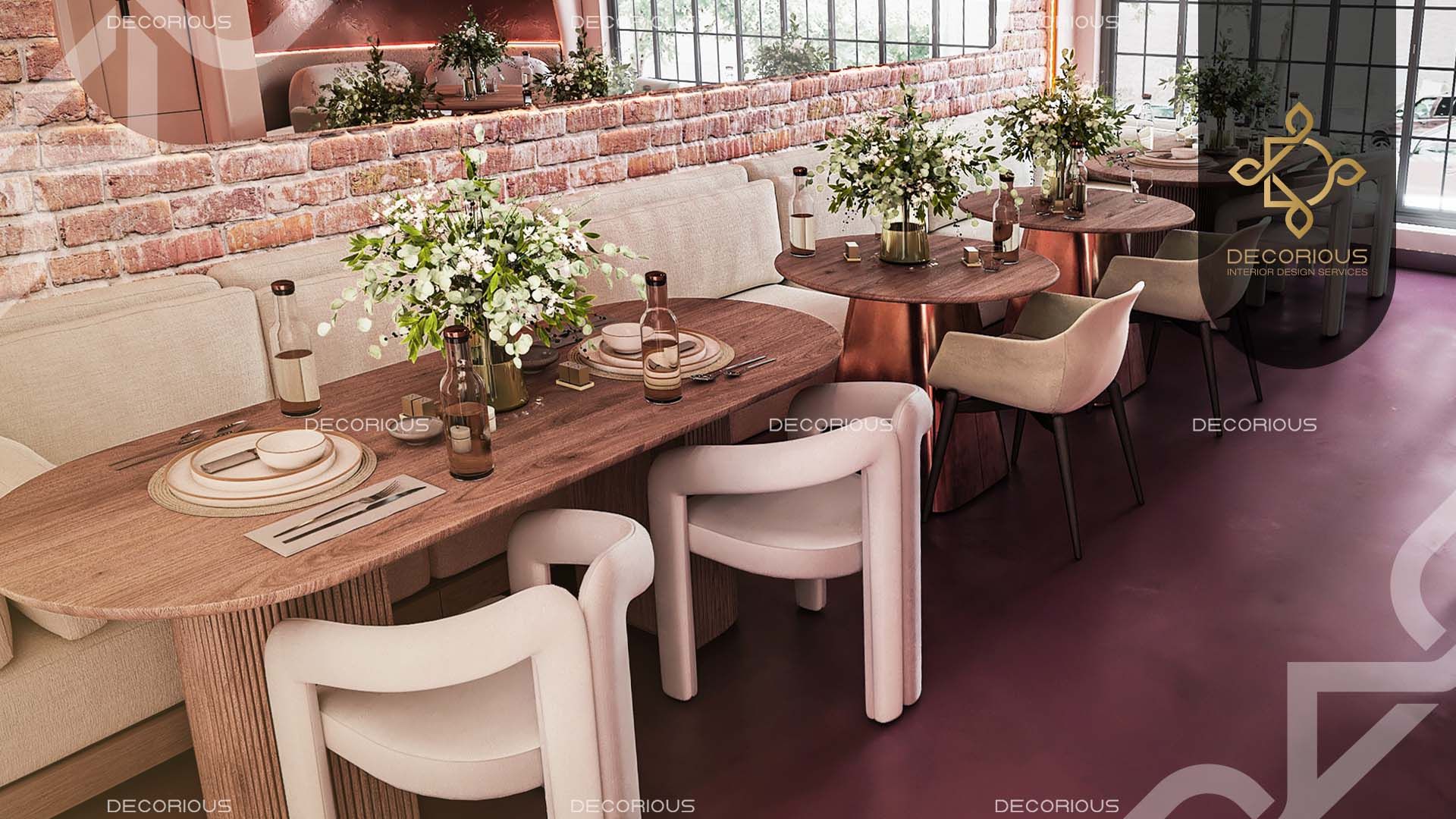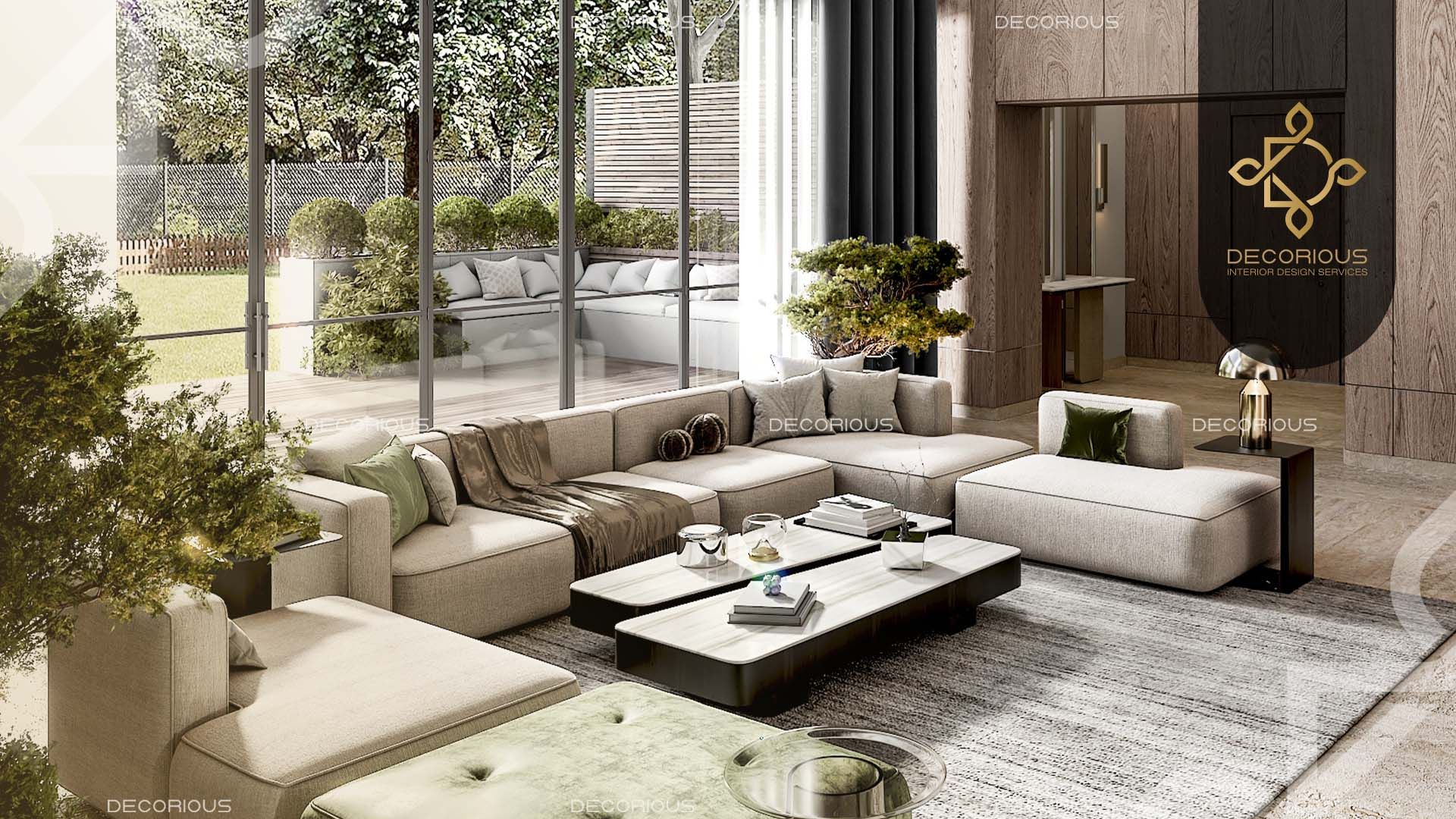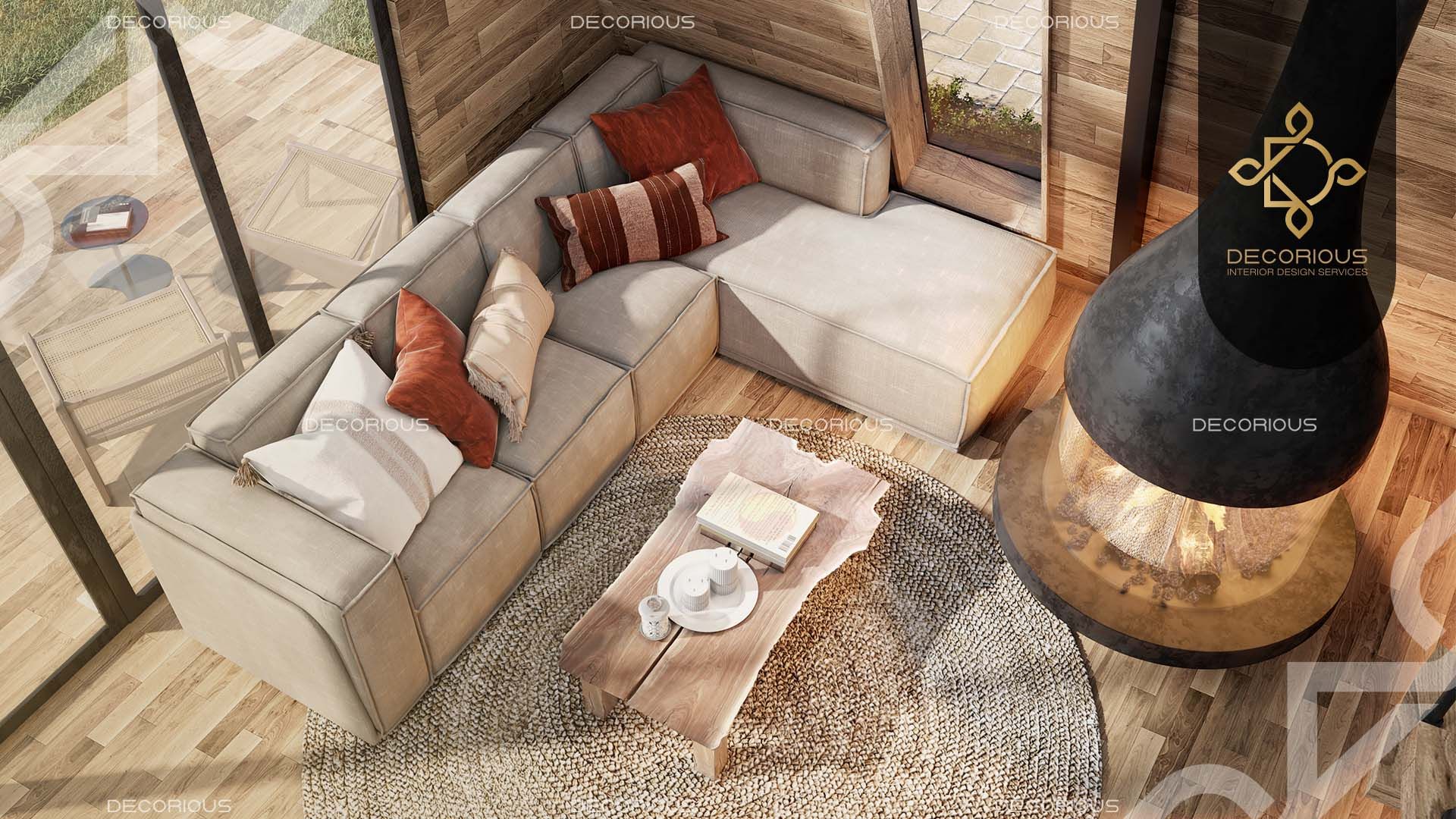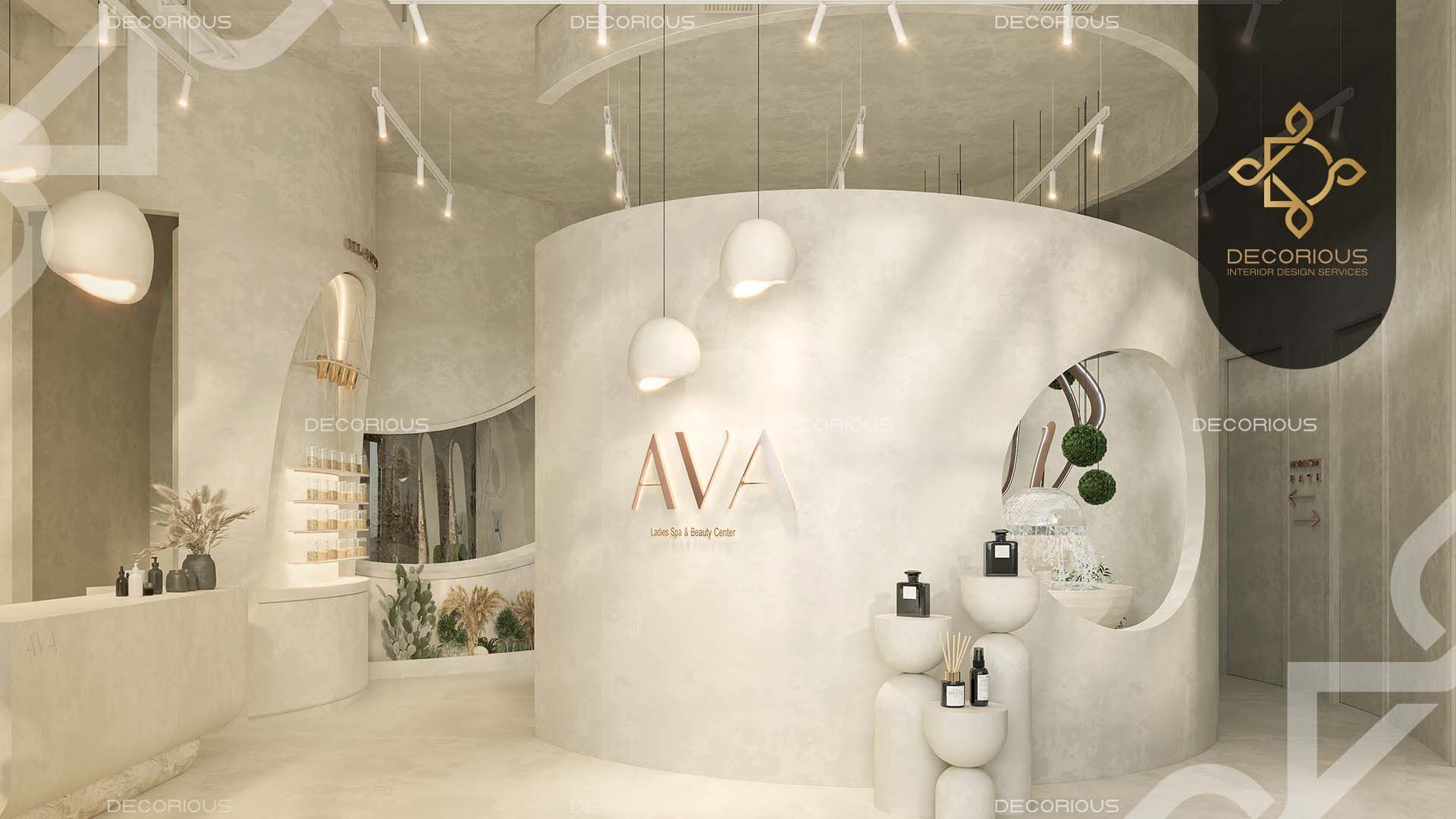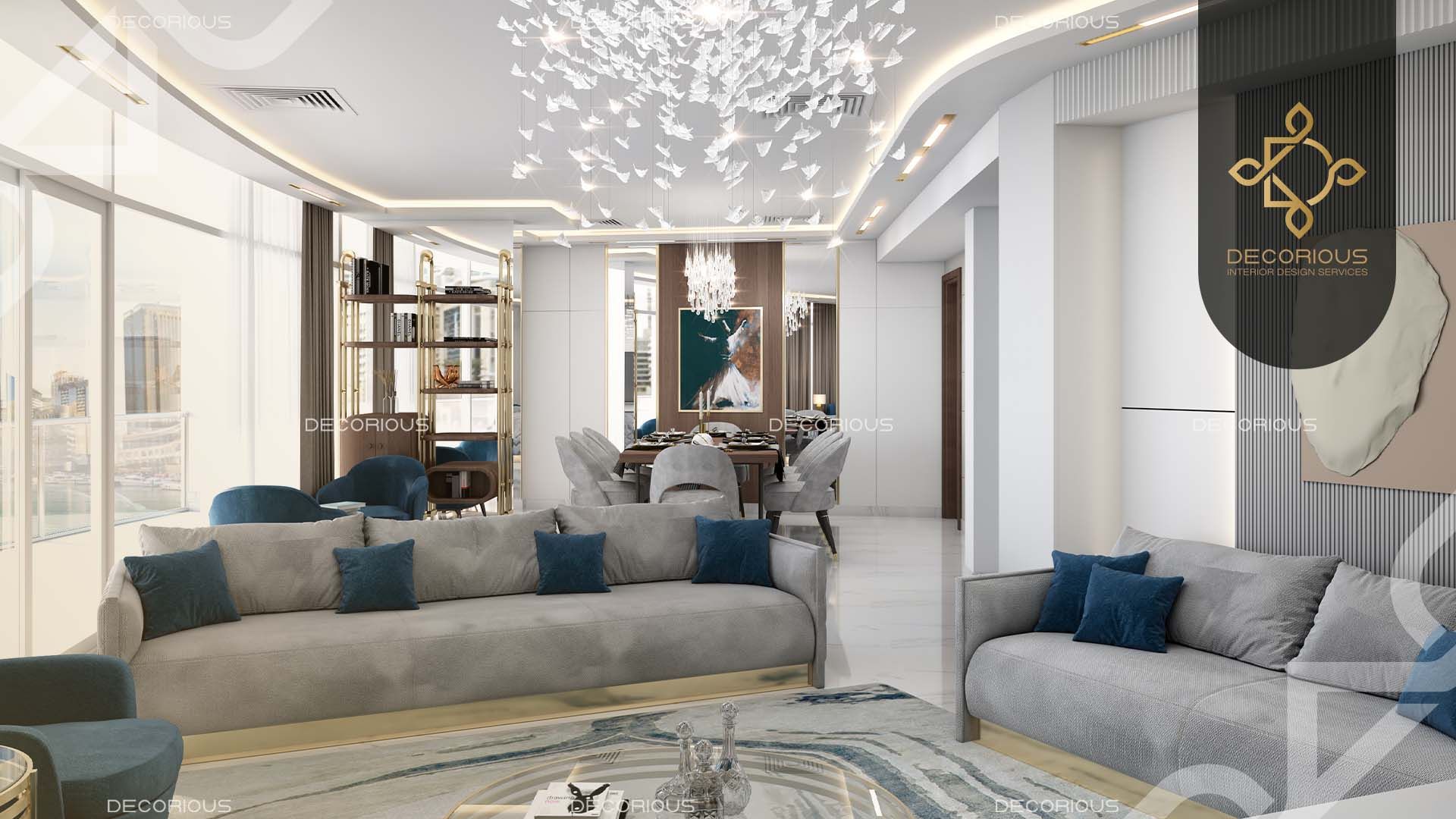
Have you ever asked yourself how interior designers create wonderful interior designs? Whether you are a seasoned professional or just starting to discover your passion for creating beautiful spaces, you have reached the right place.
If you are thinking about empowering your knowledge about this field or looking to upgrade your home design, this blog will inspire you by providing valuable insights, tips, and ideas to enhance your understanding of interior design.
Get ready to unleash your creativity and make your dream spaces a reality.
Pre-Design Phase
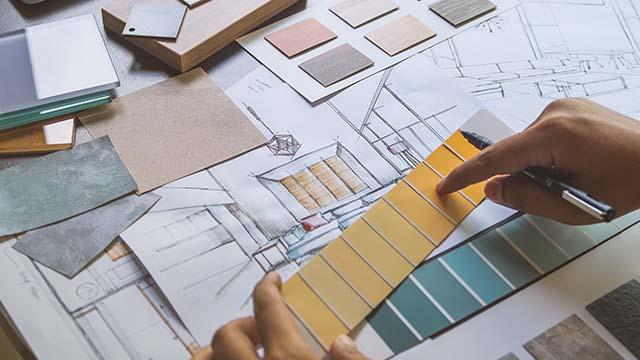
We call the initial phase of the interior design process a Pre-Design phase. The main goal of this phase is to develop a comprehensive understanding of the project, the owner's vision, and the best interior design style for the suggested space and deliver an execution plan.
During pre-design, the designer works with the owner to clarify the design functions and perform a comprehensive review regarding the project development. This primary information-gathering effort helps the design team establish initial goals for the design.
Outcomes for the pre-design phase include a site survey, execution plan, and owner-designer agreement.
Concept Development
Concept development is an essential phase of the interior design process. During this phase, designers add functions to the space and select the final style of interior design considering the client's vision.
To facilitate this process, designers adopt specific approaches to get the best outcomes by following certain steps that we call the features of the concept development phase:
- Converting ideas into sketches.
- Creating basic site plans, simple elevations, and new floor plans to benefit from blank spaces and rough sections.
- Sending sketches and plans to the client to approve them.
- Finalizing the design after the client's approval.
Space Planning
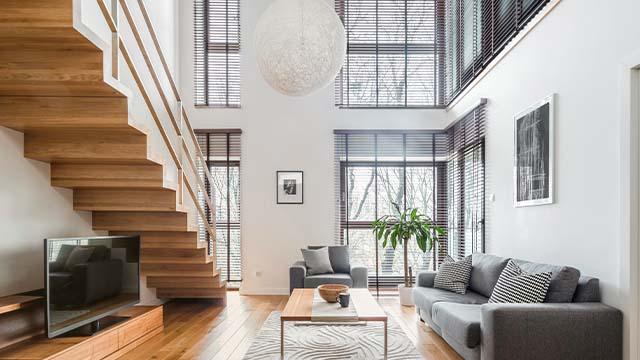
Space planning is the phase of defining the purpose and function of the homerooms, and it's an essential part of the interior design process.
This phase requires interior designers to take into account other aspects of proper design, which include the types of spaces in the home, whether it's a living room, bedroom, storage, kitchen, or workspace. Besides, they determine the function of every room, furniture choices, door position, and other interior design elements.
Read more:
Space Planning in Interior Design: An Ultimate Guide
Material and Color Selection
After the space planning phase in the journey of interior design, comes the material and color selection. The materials and colors selection phase depends on several things, such as the interior design style chosen, the owner's vision, and the space we are planning to design.
Designers advise choosing bright colors when the space is small to make it feel larger. Color selection applies to walls, floors, furniture, and other décor elements in the room. Materials also can vary due to the design and the vision of the house owner, and usually, it’s used for furniture, carpets, storage and décor elements.
Furniture and Decor Choices
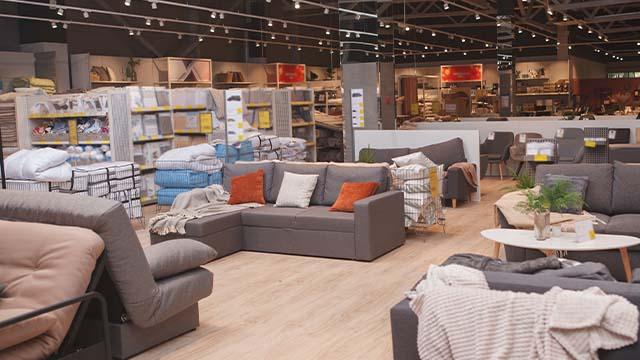
The first step in this phase is determining the kind of space we have to furnish and the number of pieces to include. After establishing the colors and selecting the materials, the designer moves to the phase of choosing furniture.
Each room has its own look and feel as well as requirements for furniture. But in general, it's advised to select the pieces that fit with the room size, interior design type, and functionality while considering its sustainability and comfort features.
Execution and Project Management
Execution and project management is not an interior design phase but how the designer leads the entire interior design project. The execution phase means turning all the ideas, plans, and sketches into reality. This phase is very critical as it requires good time and resource management and an ability to find solutions that meet the client's expectations.
Finishing Touches and Styling
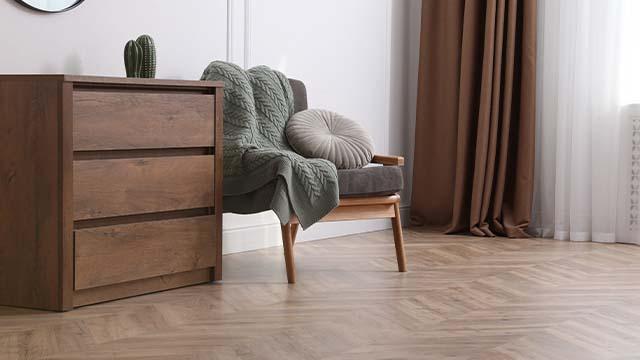
Basically, this is one of the last phases of interior design steps. This phase comes after finalizing all the space design, color selection, furniture buying, and decoration.
When the designer reaches this level, some adjustments and additions can be made to enhance the feeling, beauty, and functionality of the interior design, such as adding some décor pieces, adjusting the lighting design, and other beauty additions that will take the interior design to the next level.
Read more:
Living room interior design ideas
Client Collaboration and Feedback
During the phases of interior design and when reaching the final phases, healthy collaboration with the client is essential to make the project successful and ensure the best client experience.
Designers' feedback, which includes allowing clients to review and critique a design solution, is also advised to define the vision and scope of a project. Feedback and collaboration between the designer and the client help to solve the design problems and deliver the best result to the client.
Easy steps for a great room interior design
Here are ten easy and manageable steps to create a great room interior design with less effort needed:
Step 1: Take the measurements of your room
The first and most important step is to measure and write down the room dimensions. These measurements enable you to determine the space accurately and thus choose the best interior design style to design this room.
Step 2: Identify the best natural lighting
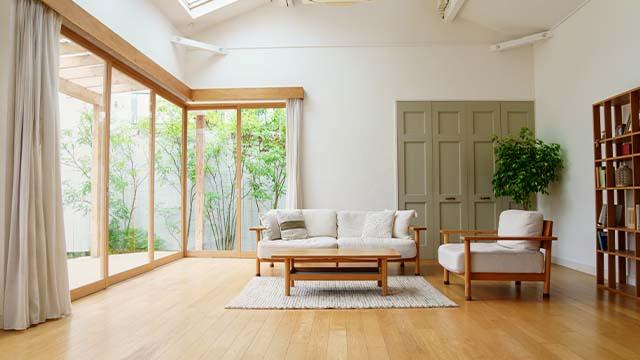
After measuring the room sizes, you must pay attention to the lighting factor. Whatever type of interior design you choose for your room, enhancing natural lighting sources is always advised.
Step 3: Choose what to plan your design around
Determine the central theme or focal point for your interior design, whether it be a piece of artwork, a specific color scheme, or a specific style you want to incorporate into the overall design.
Step 4: Decide the colors
Select the color palette that will best complement your chosen theme, considering factors such as mood, space size, and any existing elements that you want to enhance.
Step 5: Gather a color patchwork
Collect paint swatches, fabric samples, and other color samples that align with your chosen color palette, allowing you to visualize how different shades and textures will work together in the space.
Step 6: Start with the walls
Determine the appropriate wall treatment, whether paint, wallpaper, or a combination of both, to set the foundation for the overall design and create the desired atmosphere or aesthetic.
Step 7: Consider the floor
Choose the flooring material and design that complements the walls and overall theme, taking into account factors such as durability, comfort, and style.
Step 8: Position your furniture
Arrange the furniture in a way that maximizes both functionality and visual appeal, taking into consideration the flow of the space, focal points, and the overall style and scale of the furniture.
Step 9: Prioritize your artificial lighting
Plan the placement and type of artificial lighting fixtures that will provide adequate illumination for the space while also enhancing the design and creating the desired ambiance.
Step 10: Own your style
Add personal touches, accessories, and decor items that reflect your unique style and personality, making the space truly your own and creating a cohesive and inviting interior design.
Read more:
Valuable Home Decorating Tips for Beginners (Expert Advice)
FAQ
What are some common challenges faced during the execution phase of an interior design project?
During the execution phase of any interior design project, both designers and owners can face several challenges. One of these challenges is the unexpected delays that can occur for many reasons. Client expectations and misunderstandings between designer and the owner can also be a challenge, so it’s very important for the designer to show the owner some examples in order to stay on track together. The most important challenge is sticking to the project budget.
Can you provide tips for working within a tight budget for interior design?
Here we provide you with 6 essential tips that will help you when working within a tight budget for interior design:
- Always try before you buy, whether furniture, decoration, or other interior elements
- Measure your space carefully to choose the right elements that fit in.
- Adopt multi-functional decoration to save space and money at once.
- Recycle your old furniture or décor elements.
- Adopt natural lighting style that will cost you zero budget.
- Go natural: nothing is more beautiful than natural plants and flowers as decor elements.
What are the key differences between residential and commercial interior design processes?
Residential interior design focuses on designing homes, condos, and apartments where people live. Commercial interior design creates public spaces including hospitals, healthcare clinics, schools, office spaces, retail stores, community centers, fitness centers, and other commercial spaces.
How can I ensure that the chosen materials and finishes are eco-friendly and sustainable?
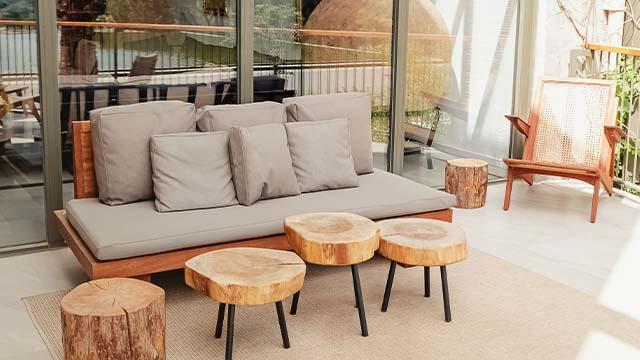
The following are some examples of the most common sustainable and eco-friendly materials to use in interior design: bamboo, wood, cork, concrete, brick, and glass.
What's the typical timeline for completing an interior design project from start to finish?
Interior design projects differ from each other due to the venue size, type of design, consultation, order time, and factors involved. In average, interior design project can take between ten to twelve months to be completed.
How do I select the right lighting fixtures and placements for different rooms?
The size and shape of your room will determine what lighting fixtures you should use. For large rooms with high ceilings, chandeliers or pendant lights offer better light coverage than sconces or lamps. In small rooms with low ceilings, wall sconces or recessed lighting, taking up minimal visual space, are preferable.
What are some strategies for staying updated with the latest interior design trends and innovations?
To stay updated with the latest interior design trends and innovation, you can visit
Decorious Blog, where we publish modern trends and ideas revolving around interior design
Conclusion
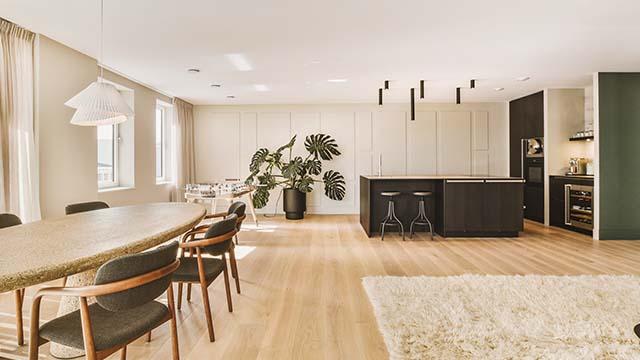
Interior design is all about transforming spaces into visually appealing and functional environments. Its steps involve careful space planning, creative thinking, materials and color selection and an understanding of how different elements come together harmoniously, such as decor and furniture.
From choosing the right color palette to selecting the perfect furniture pieces, every detail matters when creating a space that truly reflects your style and personality.
Are you looking for a professional company to handle your residential interior design?
Contact us today and let our expert designers help you to achieve your vision.


 Have you ever asked yourself how interior designers create wonderful interior designs? Whether you are a seasoned professional or just starting to discover your passion for creating beautiful spaces, you have reached the right place.
Have you ever asked yourself how interior designers create wonderful interior designs? Whether you are a seasoned professional or just starting to discover your passion for creating beautiful spaces, you have reached the right place. 







